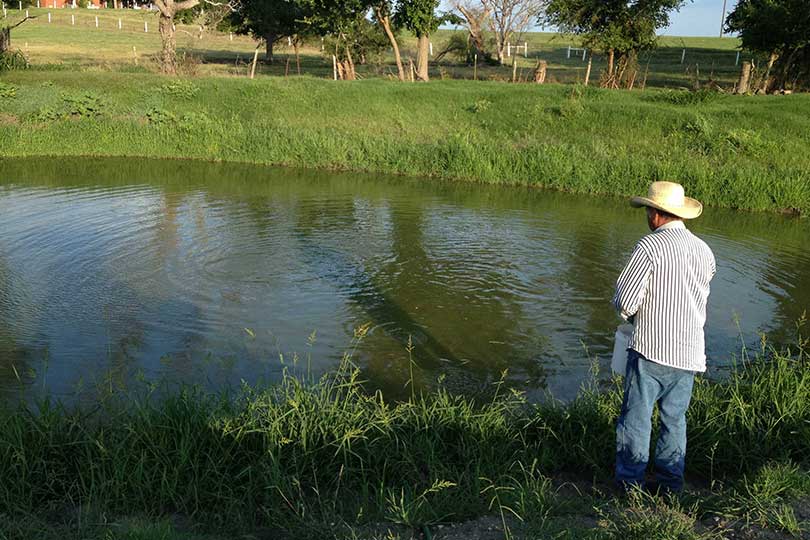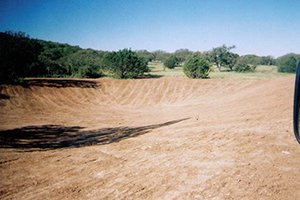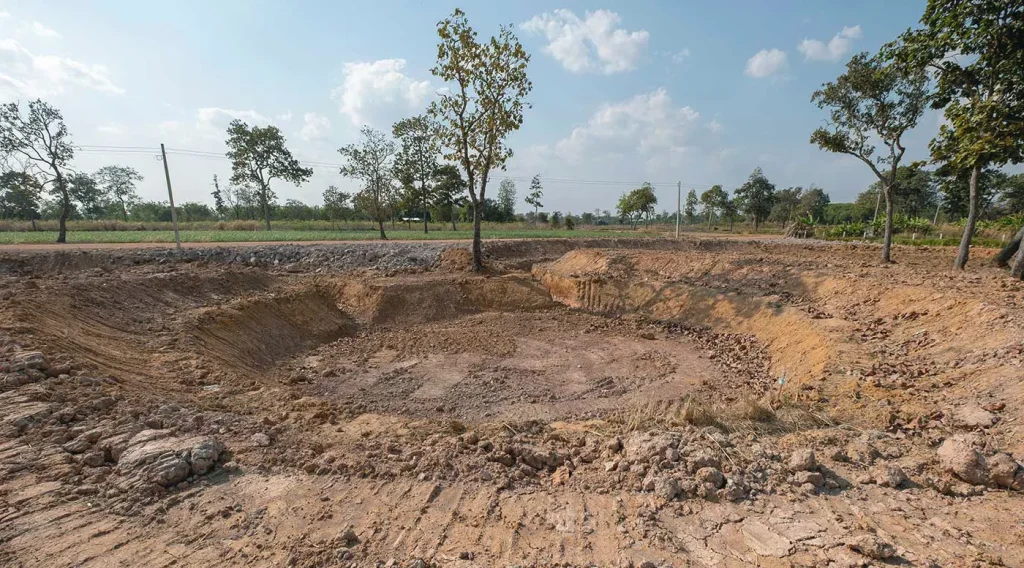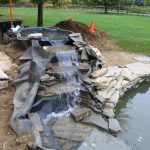Creating a stock pond in Texas can be a rewarding and beneficial project for landowners. Whether you are a rancher, farmer, or simply a property owner looking to enhance your land, a well-designed stock pond can provide numerous advantages. From water conservation to livestock management and recreational opportunities, a properly constructed stock pond can significantly improve the value and functionality of your property.
1. Choose the Right Location
Before beginning the construction of a stock pond, it is essential to carefully select the location. Factors to consider include the natural topography, soil composition, and existing drainage patterns. In Texas, the ideal location for a stock pond is typically an area with a natural depression or low-lying ground that can be easily excavated to create the pond.
2. Obtain Necessary Permits
Prior to initiating any construction, it is important to check with local authorities regarding the necessary permits and regulations for building a stock pond. In Texas, there may be specific requirements related to water rights, dam construction, and environmental considerations that must be adhered to before proceeding with the project.
3. Design and Planning
Developing a comprehensive design and plan for the stock pond is crucial to its long-term success. Considerations such as pond size, depth, and shape should be based on the intended use of the pond, whether it be for livestock watering, fish habitat, or wildlife attraction. Additionally, incorporating elements such as spillways, inlets, and outlets will help to regulate water levels and ensure proper drainage.
4. Excavation and Construction
Once the location and design have been determined, the actual construction of the stock pond can commence. Excavation equipment such as bulldozers, backhoes, or excavators will be required to dig out the pond basin to the desired depth and shape. It is important to properly compact the soil and construct the dam according to the design specifications to ensure structural integrity and prevent seepage.
5. Vegetation and Habitat Enhancement
After the basic construction is complete, it is beneficial to focus on enhancing the pond’s ecosystem. Planting native vegetation around the pond can help stabilize the shoreline, improve water quality, and provide habitat for wildlife. Additionally, adding submerged and emergent aquatic plants within the pond itself can enhance fish habitat and overall ecological health.

Credit: texasfarmbureau.org
6. Stocking and Management
Once the stock pond is established, it can be stocked with fish species suitable for the Texas climate and intended use of the pond. Fish stocking should be carefully managed to maintain a balanced and sustainable population. Regular monitoring of water quality, aquatic vegetation, and fish health is essential to ensure the long-term success of the stock pond.
7. Recreational Opportunities
Aside from its practical benefits, a well-designed stock pond can also provide recreational opportunities for landowners and their guests. Fishing, birdwatching, and other water-based activities can be enjoyed in a tranquil and natural setting. Consider incorporating amenities such as fishing piers, docks, or picnic areas to further enhance the recreational potential of the stock pond.
8. Maintenance and Care
Proper maintenance of the stock pond is essential to preserve its functionality and ecological balance. Regular inspections of the dam, spillways, and water control structures should be conducted to identify and address any potential issues. Additionally, invasive vegetation and sediment accumulation should be managed to prevent negative impacts on water quality and aquatic habitat.
9. Considerations for Wildlife
When building a stock pond in Texas, it is important to consider the potential impact on local wildlife. Providing shallow areas, submerged logs, and aquatic vegetation can create valuable habitat for amphibians, reptiles, and waterfowl. Maintaining a diverse and healthy ecosystem within the stock pond can contribute to the overall biodiversity of the surrounding landscape.
10. Consultation with Experts
For landowners who are new to stock pond construction, seeking guidance from professionals such as aquatic biologists, wildlife specialists, and agricultural extension agents can provide valuable insights and recommendations. These experts can offer advice on pond design, fish stocking, habitat enhancement, and overall management practices to ensure the success of the stock pond project.

Credit: www.texasbentonite.com
Conclusion
Building a stock pond in Texas can be a fulfilling endeavor that brings numerous benefits to both the landowner and the local environment. By carefully planning and executing the construction of a stock pond, landowners can create a valuable water resource that supports livestock, wildlife, and recreational activities. With proper management and maintenance, a well-designed stock pond can enhance the ecological diversity and productivity of the land, making it a worthwhile investment for Texas property owners.





